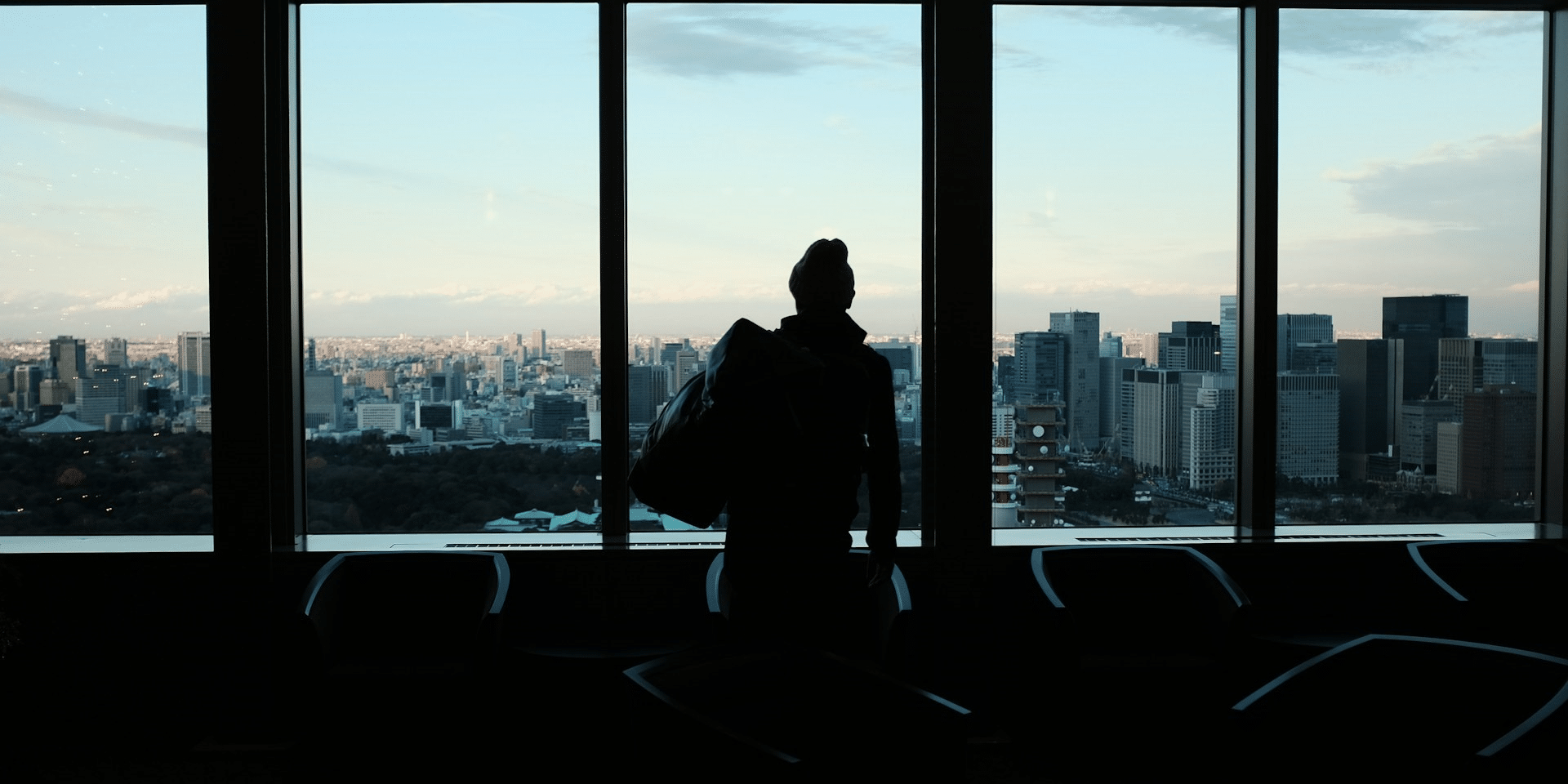In the vast marketplace of consumer goods, the journey of a product from production to the consumers is often complex and multifaceted. Along this journey lies a critical pathway fraught with potential pitfalls and legal ramifications: product liability.
Product liability encompasses a broad spectrum of issues, from manufacturing flaws to design defects and inadequate warnings. These issues can lead to injury, financial loss, and legal battles.
Understanding Product Liability
Product liability refers to the legal responsibility that manufacturers, distributors, suppliers, and retailers have for producing or selling products. It encompasses the duty to ensure that products are safe for their intended use and do not cause harm to consumers. This responsibility extends to various aspects of a product, including design, manufacturing, labeling, and marketing.
A fundamental tenet of product liability law is that buyers have an expectation of safety regarding the goods they acquire. Say a consumer is harmed by a defective or excessively dangerous product. If so, the person who was harmed might be able to sue the accountable parties for product liability.
Many such cases are filed annually by consumers who have faced damages due to certain products. According to Law.com, almost 5,826 product liability cases were filed in 2022.
Types of Product Liability Claims
Product liability claims can arise from defects or issues related to a product’s design, manufacturing, marketing, or distribution. Here are some common types of product liability claims:
- Design flaws: These arise when a product is dangerous or defective even before it is manufactured due to inherent flaws in the design. Defects in design impact each and every product unit. Consider a car design that increases the risk of it toppling over on steep turns.
- Manufacturing flaws: These flaws arise during the production process and lead to specific products that deviate from the intended design and may pose a risk to public safety. In contrast to design flaws, manufacturing flaws usually only impact a portion of the batch’s products. A bicycle with a broken brake mechanism or a batch of medication contaminated during production are two examples.
- Marketing defects (failure to warn): Manufacturers or sellers may be liable if they fail to provide adequate warnings about the potential dangers of using their product. For instance, a medication that doesn’t adequately warn about possible side effects.
- Strict liability: Some jurisdictions impose strict liability on manufacturers or sellers for any injuries or damages caused by defective products. Under strict liability, plaintiffs don’t need to prove that the manufacturer was negligent; they only need to prove that the product was defective and caused harm.
If you encounter problems after using a product, you can file a lawsuit under these claims. All you need to do is hire a local personal injury attorney who can help you through the legal proceedings.
According to TorHoerman Law, an experienced lawyer can improve your chances of winning appropriate settlement amounts. Insurance companies usually use various tricks to reduce the settlement amount so they don’t have to pay more. However, an attorney can negotiate with them to get you a good deal.
It is also vital that you hire a local attorney. A personal injury attorney with 25+ years of experience states on Quora that hiring a local lawyer can offer numerous advantages. The attorney will be familiar with local laws, more accessible, and understand the local insurance companies.
Suppose a product liability-related accident happens to you; you should hire a St. Louis personal injury lawyer. As stated above, the local attorney can communicate with the law enforcers and know about region-specific regulations. This will give you an edge to make your case stronger.
The Genesis: Production and Design
The journey of a product liability case often begins long before a consumer even becomes aware of a product’s existence. It starts at the drawing board or the factory floor, where decisions about design, materials, and manufacturing processes are made.
Design defects occur when a product is inherently flawed, regardless of how carefully it is manufactured. For example, a car with a design flaw that makes it prone to rollovers could be subject to product liability claims.
Manufacturing defects, on the other hand, occur during the production process and result in a product that deviates from its intended design. Even if a product is well-designed, errors in manufacturing can render it unsafe for consumer use. For instance, a batch of medication contaminated during the production process could cause harm to those who consume it.
The Consumer Experience: Injury and Harm
At the heart of every product liability case lies the consumer’s experience. Whether through injury, illness, or financial loss, consumers who suffer harm from defective products often find themselves thrust into litigation.
Injuries resulting from defective products can range from minor inconveniences to life-altering tragedies. A malfunctioning appliance could cause property damage, and a faulty medical device could result in serious injury. According to Forbes, injuries resulting from defective products were nearly 6,000 in numbers in 2021, with reports of 23 deaths surfacing.
The physical, emotional, and financial toll on the affected individuals and their families can be profound in each case. Therefore, the victims have the right to raise their voices for justice. They can file lawsuits against the manufacturer, distributor, and other entities who can be found liable for the damages.
The Role of Regulation and Oversight
Despite the complexities of product liability law, regulatory agencies and industry standards play crucial roles in promoting consumer safety. They hold companies accountable for the products they produce and sell.
Several organizations work to establish and enforce safety standards, investigate product hazards, and recall defective products when necessary. For instance, the Federal Consumer Product Safety Act covers statutory liability.
As Lexology mentions, it was enacted by the US Congress in 1972. It was intended to protect consumers, encourage them to evaluate product safety, and create safety standards.
To conclude, the journey of product liability cases is complex and multifaceted, shaped by many factors, including design, manufacturing, distribution, and consumer experience. The potential for harm and legal recourse looms at every stage, underscoring the importance of vigilance, accountability, and consumer protection. Only through a concerted effort to prioritize consumer safety can the risks and consequences associated with defective products be mitigated.
Frequently Asked Questions
What Are Product Liability Cases Under the Consumer Protection Act?
Product liability cases under the Consumer Protection Act (CPA) typically involve a consumer suffering damage from using a defective product. The CPA is designed to protect consumers from such harm. It holds manufacturers, distributors, and sellers responsible for ensuring the safety and quality of the products they produce or sell.
How Do You Defend a Product Liability Case?
Defendants usually argue that the plaintiff inappropriately used the product, leading to the damage. The defendant can gather evidence, demonstrate compliance with safety standards, show warning labels and instructions, and argue against causation and foreseeability.
Published by: Khy Talara









